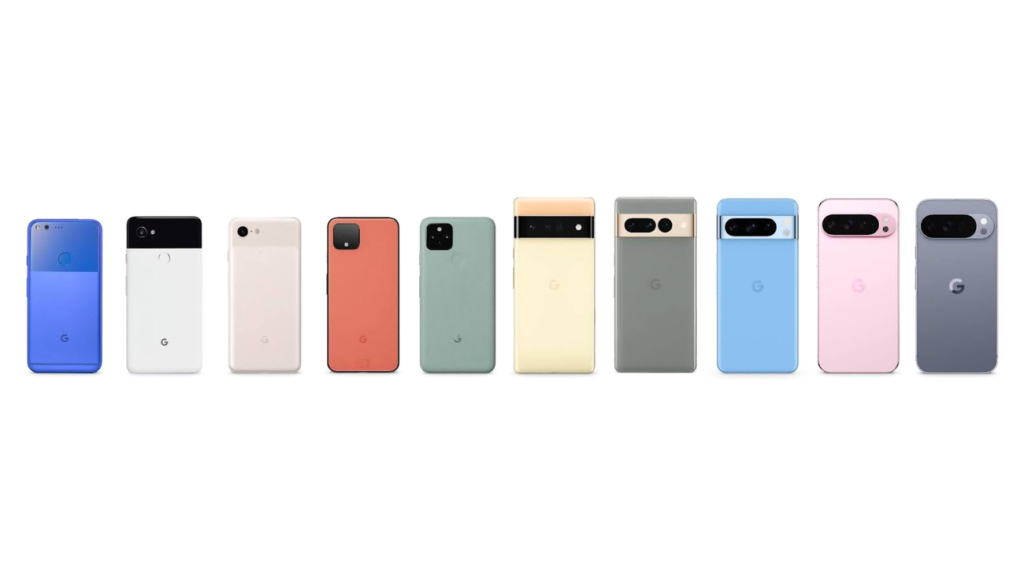Key Points
- The Pixel series has been a key part of Google’s ecosystem since its launch in 2016, with a focus on bringing together the best of Google’s software, hardware, and AI.
- The Pixel team has debuted many popular features over the years, including Night Sight, Car Crash Detection, and Magic Eraser, with a goal of making every part of the phone offer the best of Google.
- The close tie between hardware, software, and services has been a key focus for Pixel since the beginning, with each improvement in one area opening up new avenues for features in other areas.
As a tech journalist reporting on ChromeOS news, it’s interesting to see how the Pixel series has evolved over the years. The first generation of Pixel phones established much of what defines the series today, including the revolutionary AI-powered camera and helpful software features. Since then, Google has released dozens of Pixel models, including regular Pixel phones, larger XL models, entry-level A-series devices, and cutting-edge foldables.
Peter Prunuske, senior director of product management for Pixel, says that the mission of Pixel has always been to bring the best of Google to users. This is evident in the many popular features that have debuted on Pixel devices over the years, including Night Sight, Car Crash Detection, Photo Unblur, and Magic Eraser. According to Shenaz Zack, senior director of product management for Pixel software, the team’s goal has always been to make sure every part of the phone offers the best of Google, from the camera to the Google Photos app.
One key aspect of the Pixel series is the close tie between hardware, software, and services. As Shakil Barkat, VP of Devices and Services at Google, notes, this close tie has allowed the Pixel team to create a seamless and integrated experience for users. Every time one part of the Pixel improves, it opens up new avenues for features in other areas. For example, the upgrade of camera hardware has enabled new software features like Astrophotography mode.
The Pixel 6 generation of devices was a turning point for the series, marking the debut of several major additions, including the Camera Bar and the first "Pro" phone. The Camera Bar gave Pixel devices a cohesive visual identity centered on the best-in-class camera, while the "Pro" phone reflected the more premium devices that the hardware team was able to produce. As the Pixel series continues to evolve, it will be interesting to see how Google balances the intersection of hardware, software, and services to create the best possible experience for users. With the Pixel Drop and other upcoming updates, it’s clear that Google is committed to continuing to push the boundaries of what is possible with the Pixel series.
You can also check out our list of the best Gmail Extensions, TikTok Extensions & the best Ai Extensions for Chrome.

